The Blitz 75 years on: how Britain coped with Nazi terror
Eight months of deadly air raids put civilians on the front line of war
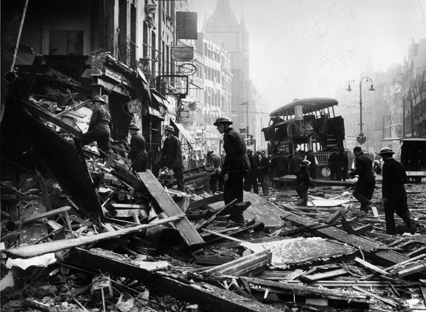
Monday marks the 75th anniversary of the start of the Blitz, the massive German air assault that rained bombs on London and other major cities for eight exhausting months. The devastating aerial bombardment was like nothing the British citizens had seen before, and it continues to leave an enduring legacy on the national consciousness. So how did the Blitz come about? And is the image of 'Blitz spirit' a historical reality or a comforting myth?
The 'Phoney War'
After witnessing the German 'blitzkrieg' tearing through Poland and the Sudetenland, Brits were braced for a similar assault when war was declared on 1 September 1939. Blackout regulations were enacted, emergency war powers declared, and everywhere propaganda posters warned of imminent air raids and gas attacks. But the expected onslaught did not come. For seven months, Western Europe remained peaceful, with German troops occupied in Poland and Scandinavia, and the Allies reluctant to launch a major land offensive. All across Western Europe, this prolonged period of relative inactivity became known as the 'Phoney War'. On Friday 10 May 1940, Germany launched a full-scale assault on Belgium, Holland and Luxembourg. The Phoney War was over.
The Week
Escape your echo chamber. Get the facts behind the news, plus analysis from multiple perspectives.

Sign up for The Week's Free Newsletters
From our morning news briefing to a weekly Good News Newsletter, get the best of The Week delivered directly to your inbox.
From our morning news briefing to a weekly Good News Newsletter, get the best of The Week delivered directly to your inbox.
The Blitz arrives
Throughout the summer of 1940, German and British planes duelled over Britain, as the Luftwaffe attempted to disable RAF airfields ahead of a planned land invasion. In September, German high command indefinitely postponed the invasion and instead switched their focus to weakening civilian morale. Beginning on 7 September, London was hammered by hundreds of German bombers for 57 consecutive nights. Over the next eight months, the attacks on the capital would intensify until, by the spring of 1941, raids with a death toll of over 1,000 civilians were not uncommon.
Many other British cities, particularly major ports and cities involved in military manufacturing, such as Birmingham, Hull, Bristol, Sheffield and Glasgow were also heavily targeted. Coventry, home to many munitions factories, became a particular victim of the Luftwaffe's strikes. In the most severe attack of the 'Coventry Blitz', hundreds of German bombers pounded the city centre through the night of 14 November 1940, destroying more than 4,000 homes and reducing the medieval cathedral to ruins.
Public bomb shelters were provided in most towns, but their lack of privacy and frequently poor sanitation meant that most households preferred the iconic back garden Anderson shelter or table-top Morrison shelter. Despite repeated government warnings against doing so, thousands of Londoners descended upon the city's Underground stations for shelter during air raids. Doing so could be deadly – bomb strikes on underground stations killed hundreds – but civilians were undeterred. Eventually, the government changed its policy, installing bunk beds, first aid facilities and canteens in many Tube stations.
A free daily email with the biggest news stories of the day – and the best features from TheWeek.com
Perhaps most astonishingly of all, a community of nearly 15,000 developed in 22 miles of abandoned mining tunnels in Chislehurst, Kent. The Chislehurst Caves became a temporary home to thousands of south-east Londoners, boasting a church, dancehall and barbershop.
On Saturday 10 May 1941, the so-called "longest night" of the Blitz, the Luftwaffe launched their final and most devastating attack. More than 500 German bombers bombarded London from 11pm until the early hours of the morning. When Londoners finally emerged from their shelters, 1,436 people had been killed in the raid, and 10,000 buildings destroyed or damaged – including the Houses of Parliament and Westminster Abbey. After this, Germany turned its full attention to the war on Russia.
Blitz spirit
Although the enduring image of the Blitz is one of a bloodied but unbowed British public, not everyone was swept up in the enthusiasm for national unity. Black marketeers and criminals of all stripes took advantage of a depleted police force to profit from the chaos created by the war. Looting was endemic, with some enterprising crooks even posing as air raid wardens to loot shops and homes in the confusion.
Nevertheless, it is certainly true that the Blitz failed in its objective of weakening British morale. "It was Hitler's belief that the war from the air would terrorise London into defeat," writes Jon E. Lewis, "The city's inhabitants, on the contrary, took a perverse and particular pleasure from being the front line of the war." Volunteers kept the nation running during the Blitz, running canteens and first-aid posts, and acting as stretcher bearers, firemen and anti-aircraft gunners.
More than 1.4 million citizens served as part-time air raid wardens, guiding people to shelters, patrolling the bombed areas and acting as first responders at the scene of bombings, often at the risk of their own lives. It was this ability to not merely tolerate but to seemingly embrace the hardships of war that came to be known as Blitz spirit.
-
 Andriy Yermak: how weak is Zelenskyy without his right-hand man?
Andriy Yermak: how weak is Zelenskyy without his right-hand man?Today's Big Question Resignation of Ukrainian president’s closest ally marks his ‘most politically perilous moment yet’
-
 Is it time to rethink the US presidential pardon?
Is it time to rethink the US presidential pardon?Talking Point Donald Trump has taken advantage of his pardon power to reward political allies and protect business associates, say critics
-
 Step into a fairy tale at San Ysidro Ranch
Step into a fairy tale at San Ysidro RanchThe Week Recommends This historic Californian hideaway is pure magic
-
 How China rewrote the history of its WWII victory
How China rewrote the history of its WWII victoryIn Depth Though the nationalist government led China to victory in 1945, this is largely overlooked in modern Chinese commemorations
-
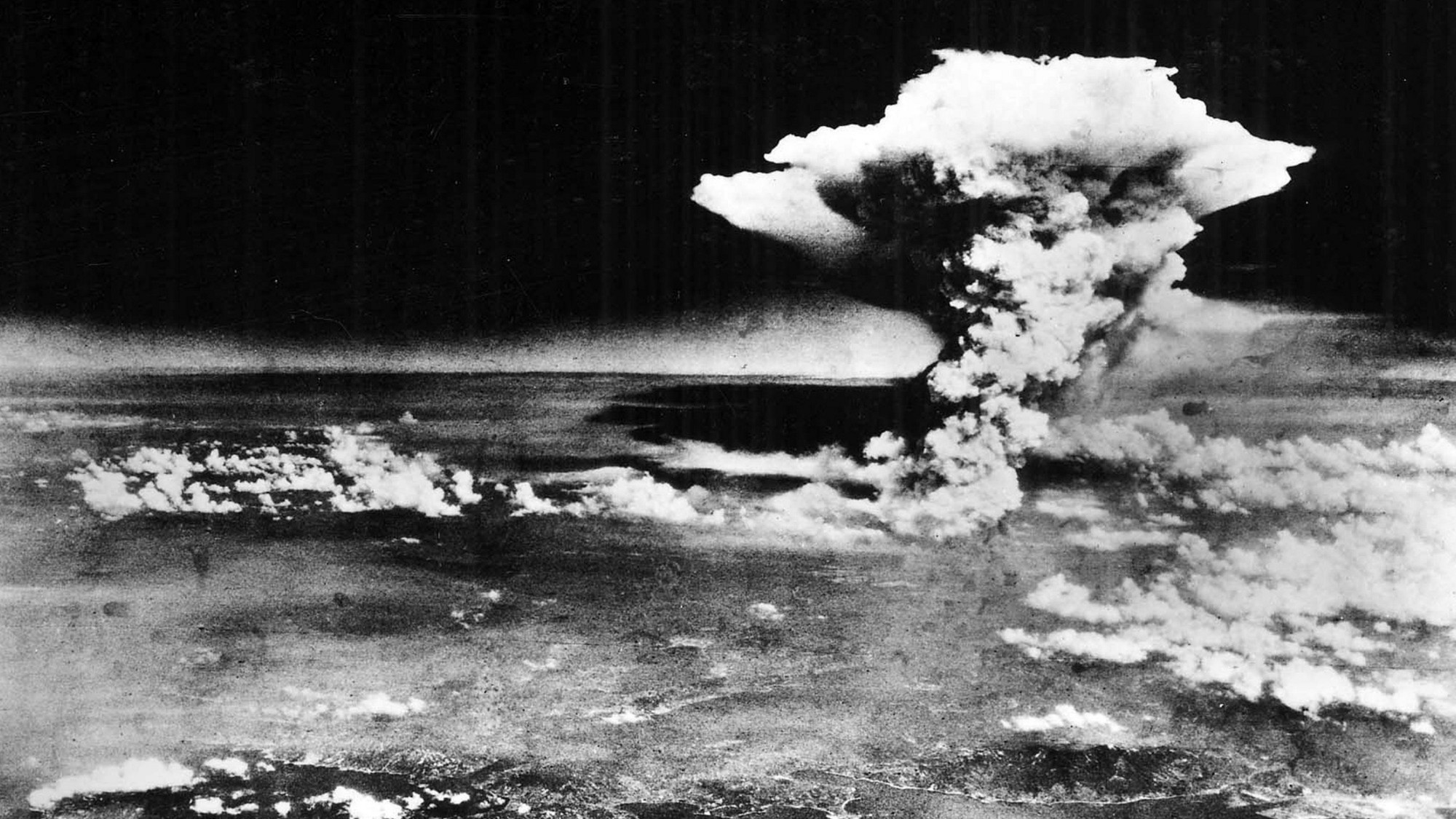 America's controversial path to the atomic bomb
America's controversial path to the atomic bombIn Depth The bombing of Hiroshima followed years of escalation by the U.S., but was it necessary?
-
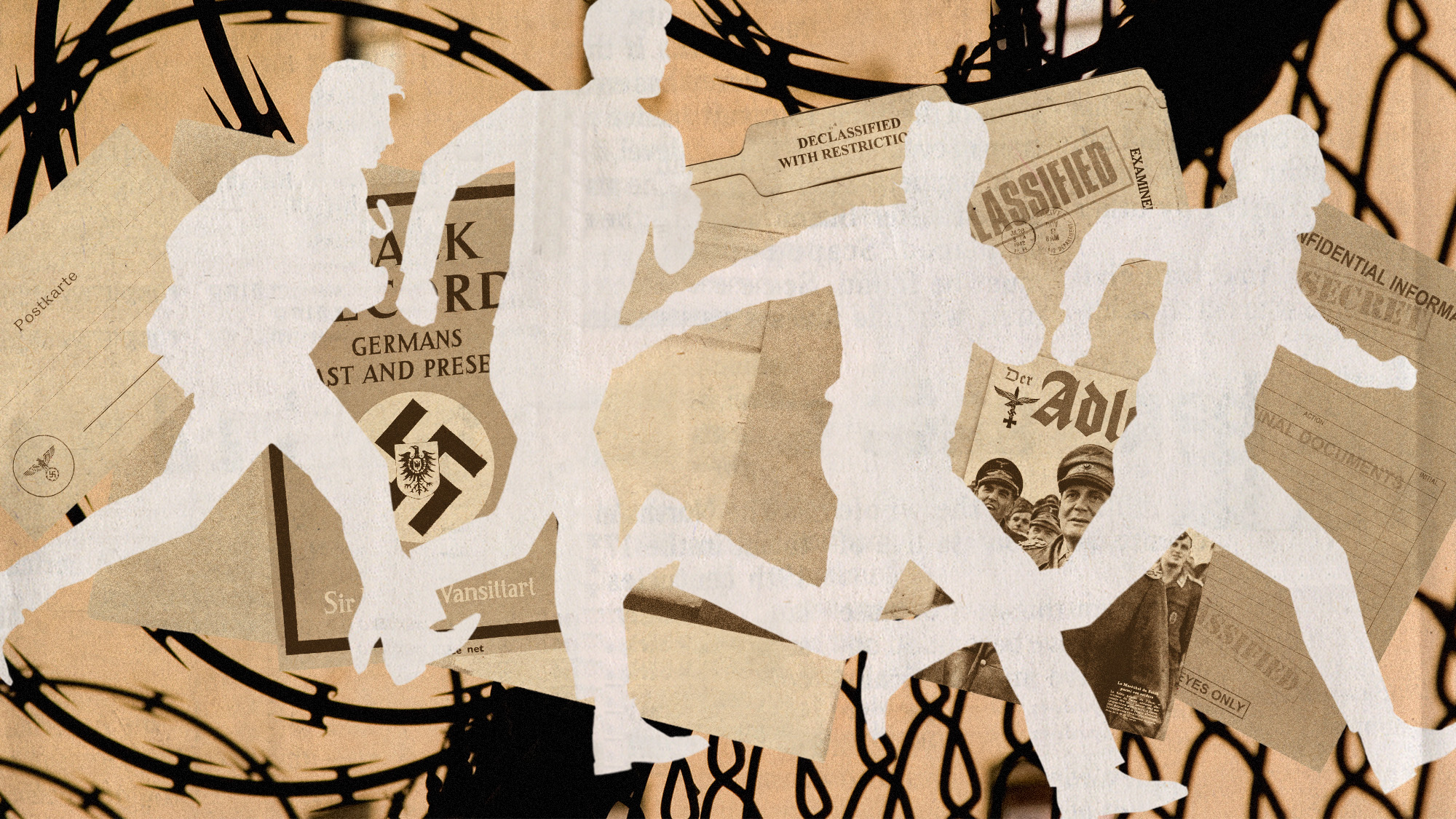 Argentina lifts veil on its past as a refuge for Nazis
Argentina lifts veil on its past as a refuge for NazisUnder the Radar President Javier Milei publishes documents detailing country's role as post-WW2 'haven' for Nazis, including Josef Mengele and Adolf Eichmann
-
 D-Day: how allies prepared military build-up of astonishing dimensions
D-Day: how allies prepared military build-up of astonishing dimensionsThe Explainer Eighty years ago, the Allies carried out the D-Day landings – a crucial turning point in the Second World War
-
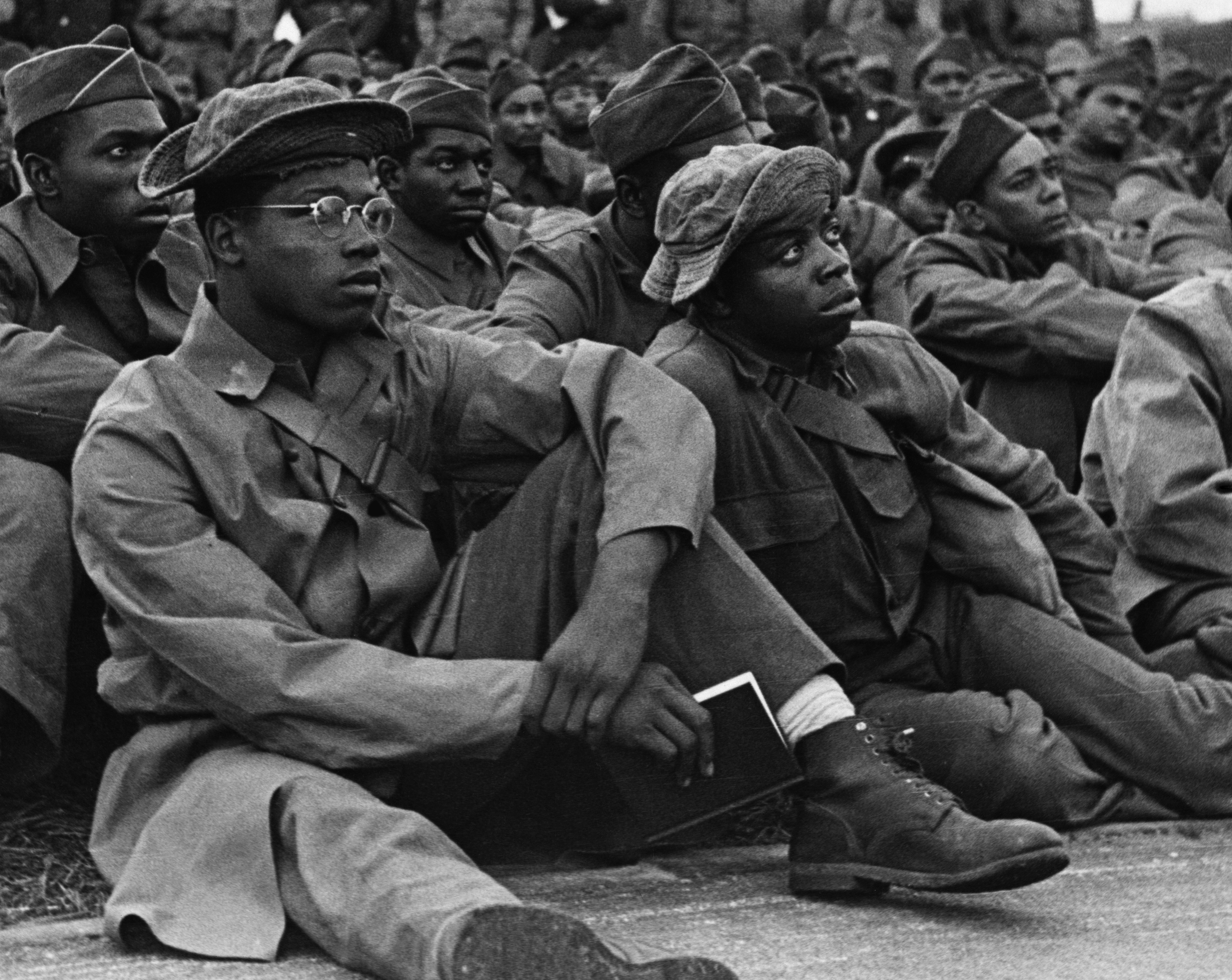 The battle of Bamber Bridge
The battle of Bamber BridgeIn Depth The new Railway Children film draws on a forgotten wartime episode: a skirmish between black and white US soldiers in Lancashire
-
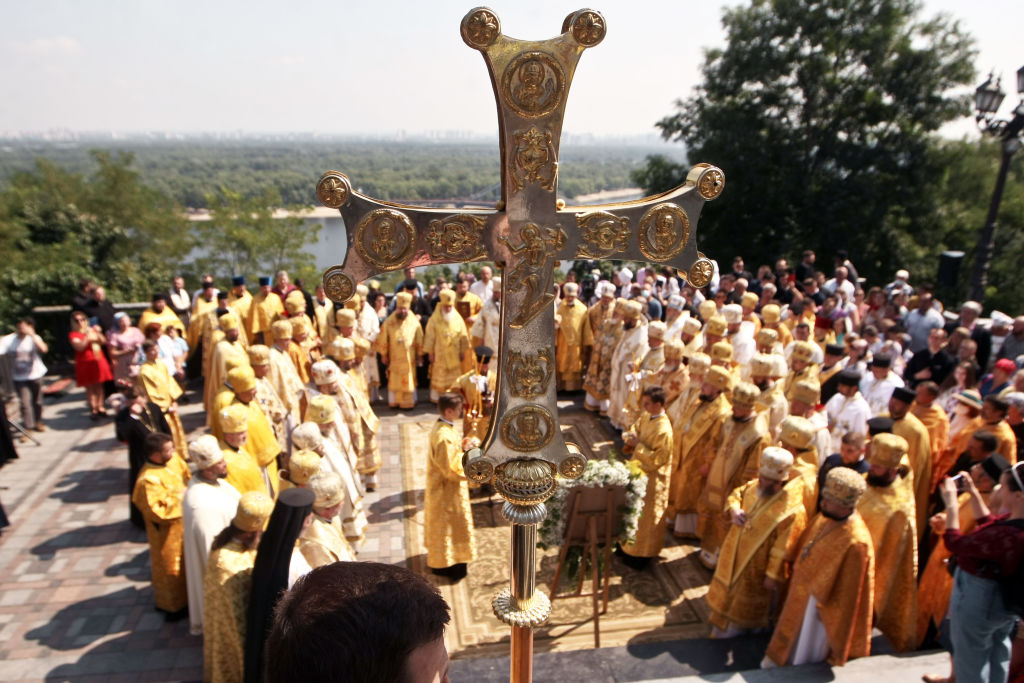 Vladimir Putin’s narrative of Russian victimhood examined
Vladimir Putin’s narrative of Russian victimhood examinedfeature Russian president has repeatedly pointed to his country’s history to justify Ukraine invasion
-
 Can you solve GCHQ’s LGBT-themed Alan Turing brain-teaser?
Can you solve GCHQ’s LGBT-themed Alan Turing brain-teaser?Puzzles and Quizzes Spooks release puzzle as £50 note dedicated to the code breaker enters circulation
-
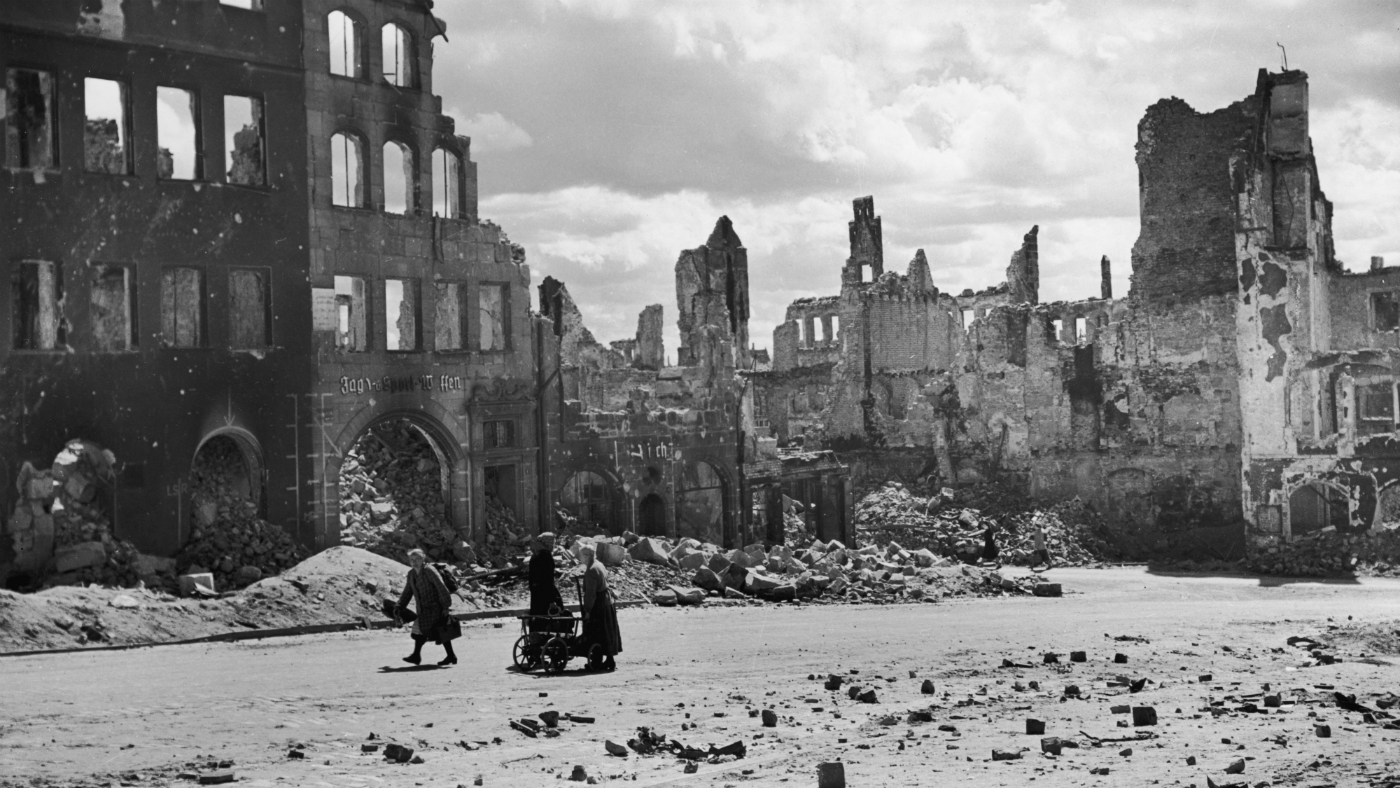 Seven tragic Second World War poems
Seven tragic Second World War poemsIn Depth Less well-known than those of the First World War, the poems of WWII are just as gut-wrenching